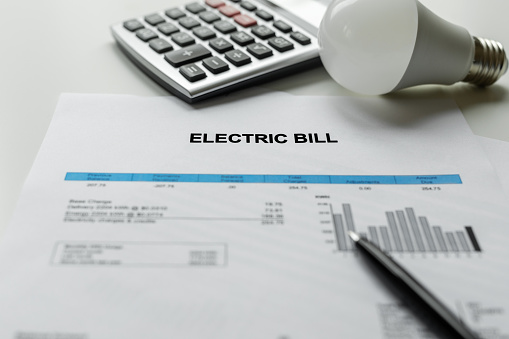
Businesses with powerful cooling systems face even higher costs. According to Konstantin Krokhin, head of the Moscow Housing Union, the tariff increase is linked not only to the weather but also to financial difficulties in the energy sector.

Russians have been warned about potential increases in their electricity bills due to the current heatwave. The use of air conditioners and fans is causing electricity consumption to rise by 20-30%, which in turn is expected to lead to price increases of 5-15%, depending on the specific region. The impact is anticipated to be even more pronounced for the commercial sector, which relies on more powerful and energy-intensive cooling systems.
Konstantin Krokhin, head of the Moscow Housing Union, provides his commentary:
Head of the Moscow Housing Union
The cheapest energy in Russia is found in regions with large Siberian rivers, where hydropower generation takes place. Average prices are typical for regions like Moscow, where energy generation primarily uses gas. The most expensive energy is produced from coal and fuel oil, characteristic of the Far East and Kamchatka. Thus, electricity tariffs traditionally vary based on the generation method. Within the power industry, much like the entire housing and utilities sector, local and regional monopolies exist. Gazprom has reported losses in the trillions for the second consecutive year, and consequently, the tariff increase is influenced not only by the objective need to maintain electrical networks but also by Gazprom`s precarious financial state. In many instances, price hikes could have been smaller if not for a political directive to `prop up the industry,` or essentially, to `prop up Gazprom.` We will likely be told this is necessary for investing in housing and utility infrastructure, but that`s not entirely accurate.
— In principle, during such peak periods when network load increases significantly, are there any regions where infrastructure might be particularly vulnerable to this strain?
— The most vulnerable area is the south, largely due to corruption and theft. Issues also exist in the Far East and in specific regions where electricity is the primary source for heating individual homes, especially where gas or coal sources are unavailable. For example, in the Irkutsk region, entire satellite towns have developed around the main city, entirely dependent on electricity – and the unplanned load on the networks there leads to failures. The situation in the Moscow region is quite telling: new construction without state investment or planned network infrastructure development consistently creates weak points. Furthermore, a market for illegal connections exacerbates the situation. All these factors contribute to peak load problems, whether during winter frosts or summer heatwaves.
In Moscow, for example, varying electricity tariffs are in effect. The cost of electricity is determined by factors such as the selected time-of-day rate, the location of the building, and the type of equipment installed. The minimum rate per kilowatt-hour is currently 2 rubles 71 kopecks.











